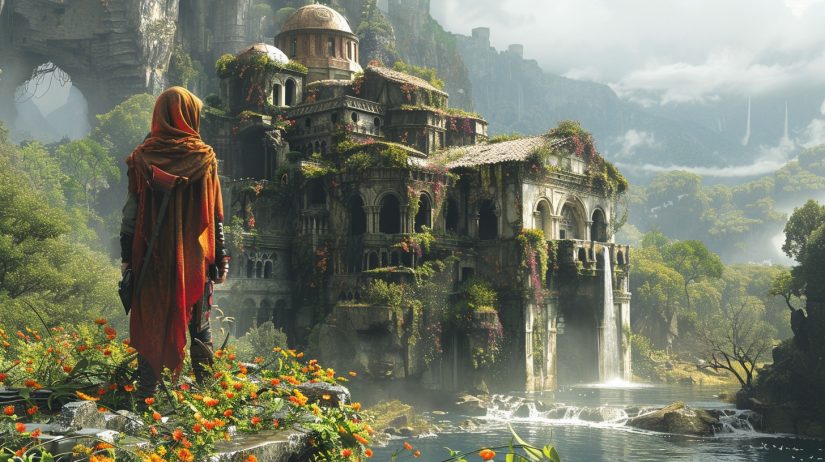Video game designers craft the core elements of video games, including characters, objectives, obstacles, levels, settings, and narratives. They collaborate with diverse teams of technical and creative professionals.
The popularity of careers in video games designs, including narrative games design, has surged. Entry into this field has become competitive, but expanding game markets and impressive sales figures offer unprecedented opportunities. Aspiring designers equipped with the right skills and knowledge are well-positioned to advance their careers.
Earning a grade in video game design is a crucial first step. This career guide outlines the essential skills you’ll need, along with an overview of salary trends, job prospects, and more. Use it to inform your exploration of video game design careers.
What Is a Video Game Designer?
Video game design is a field that blends computer science, programming, graphic design, user experience, and creative writing. Designers are responsible for creating new games and enhancing existing ones. They develop plots, settings, characters, and gameplay rules.
These professionals require skills in storytelling, user experience, and web development. Post-graduation, internships, or entry-level positions in the industry can provide valuable experience and skill development, paving the way for more advanced roles.
Video game designers often work in collaboration with programmers, artists, animators, and other designers to bring their creative visions to life.
History of Video Game Design
Video games have been around almost as long as mass-produced computers, with early prototypes emerging in the 1950s in laboratories. Among the first games were a digital version of tic-tac-toe and an early form of a tennis match.
The late 1970s marked a significant evolution in video game design. Arcade classics like Space Invaders established the foundation for game design, incorporating leveled progression through increasingly challenging obstacles. The introduction of abilities that characters could temporarily gain added a new layer of complexity to the design process.
Today, players expect high-quality graphics and interactive story experiences. Gamers engage with video games on desktops, consoles, and mobile devices, prompting designers to tailor their skills to specific platforms.

What Does a Video Game Designer Do?
A video game designer is responsible for crafting the design, layout, and narrative of a video game. They develop characters, set parameters, and create scenarios, either from scratch or based on existing concepts. Designers provide the artistic vision that brings a game to life and makes it compelling to players.
Creative individuals who enjoy technology and collaborative environments may excel in this role. However, breaking into this competitive field and working under tight deadlines can be challenging.
Below, we outline five key responsibilities of video game designers.
Video Game Designer Job Description:
- Create and Direct Games: Video game designers use their artistic and technical skills to develop game plots, rules, and characters. They may originate ideas independently or develop games based on existing intellectual properties.
- Improve Game Quality: These professionals enhance the design of existing games and projects in development. They work to make games more playable, refine overall concepts, and boost player appeal through user experience testing.
- Meet with Clients: Video game designers frequently meet with clients—both current and prospective—to discuss ideas and share project updates.
- Research Industry Developments: Staying abreast of the latest market trends and technological advancements helps designers understand what types of games are in demand and observe competitive offerings. This knowledge can inspire new game ideas.
- Train New Team Members: Designers often work within teams, ensuring seamless communication. Some also train new team members, helping them acclimate to current projects and workflow processes.

